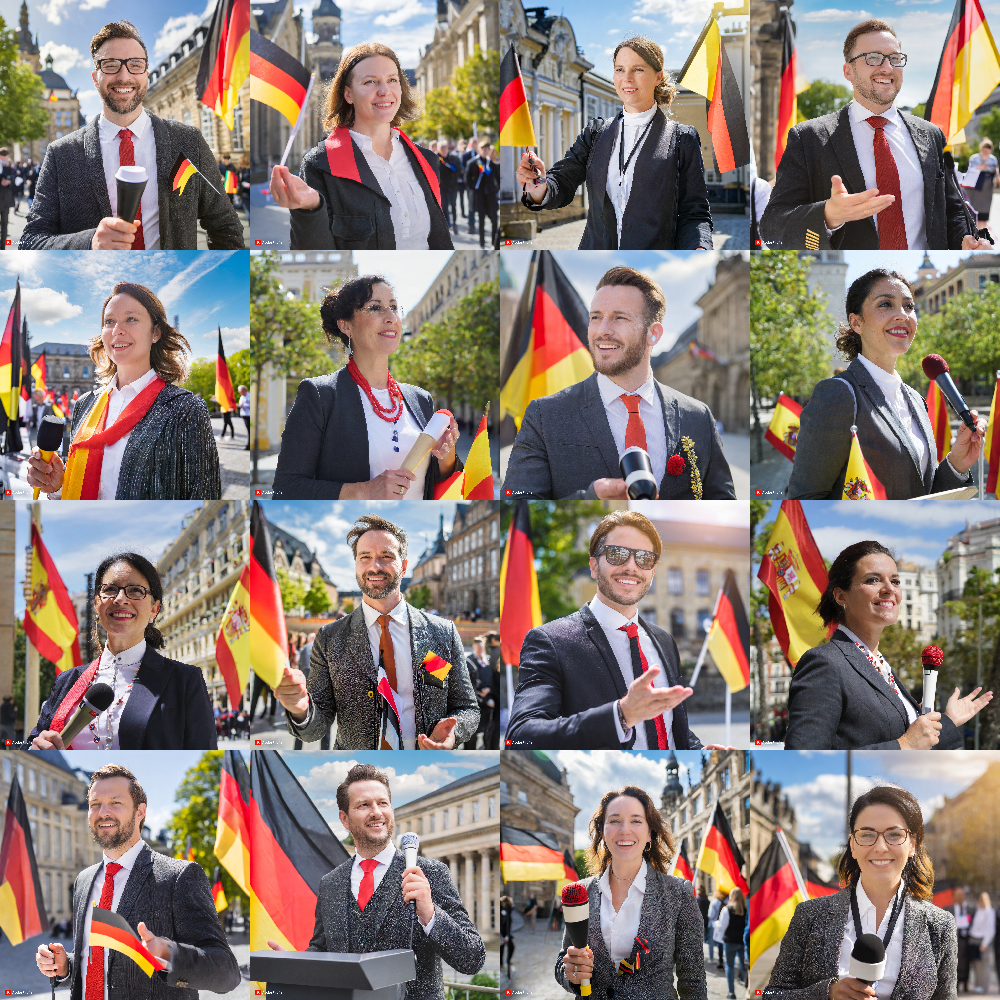Automated image generators are often accused of spreading harmful stereotypes, but studies usually only look at MidJourney. Other tools make serious efforts to increase diversity in their output, but effective remedies remain elusive.
I wonder if this is because AI is trained on data that ‘is’ and has therefore no concept of how it ‘should be’. Maybe it is an effective mirror of society…
Actually it is trained on data ‘the trainers have’. This is different from ‘trained on data that “is”’ or any other idealized view of data.
Data that ‘the trainers have’ is always an incomplete view of anything, and adding meaningfully to datasets is always very difficult.
deleted by creator
I may have oversimplified my statement. Of course an objective description of reality is impossible. A curse on all social sciences and statistics.
My post was more a showerthought…even if the data is incomplete, whatever THAT data implies will also be the stereotype the AI will learn. Misrepresentation of minorities in sample data is absolutely nothing new. But even if the data WAS complete, it would probably still be very biased. I think we often don’t notice structural discrimination and AI would simply reproduce those and confront us with it. In that sense I think it is a very interesting way to get a sort of ‘outside look’ at our own society and that is something that’s very useful.
deleted by creator
And even if we could provide the training algorithm a perfectly diverse dataset, who gets to decide what that means? You could probably poll a million anthropologists from across the world and observe trends, but no certain consensus. What if polling anthropologists in underdeveloped nations skews in a different direction than what we consider rich countries? How about if a country was a colonizer in the past or has participated in a violent revolution?
How do we decide who qualifies as an anthropologist? Is a doctorate required, or is a college degree with numerous publications sufficient?
I don’t think we’ll ever see a perfectly neutral solution to this problem. At best, we can come equipped with knowledge that these tools may come with some biases, like when you analyze texts from the past. You make the best with what you have and strive to improve
The problem is not one of data model bias, but two technical ones.
Firstly, color bleed or concept bleed. Heres an example on reddit https://www.reddit.com/r/StableDiffusion/comments/11gf75t/color_bleed/ where ‘purple’ gets attached to the fridge.
When you put in a prompt like h “A Chinese businessperson eats traditional Spanish food in Barcelona.”, ‘Chinese’ as an adjective is not properly attached to the business person, it gets attached to other things, like the background.
Secondly, a model will always trend towards one image for a given prompt. You must be specific if you want an image. This is made harder by concept bleed. If you use A1111, I suggest using the dynamic prompts extension, which will randomly pick terms in a list you provide. Also avoid colors, use something like African
This writer does not understand the technology, and cries bigotry because of it.
The future is owned by Veridian Dynamics
Removed by mod
Removed by mod




